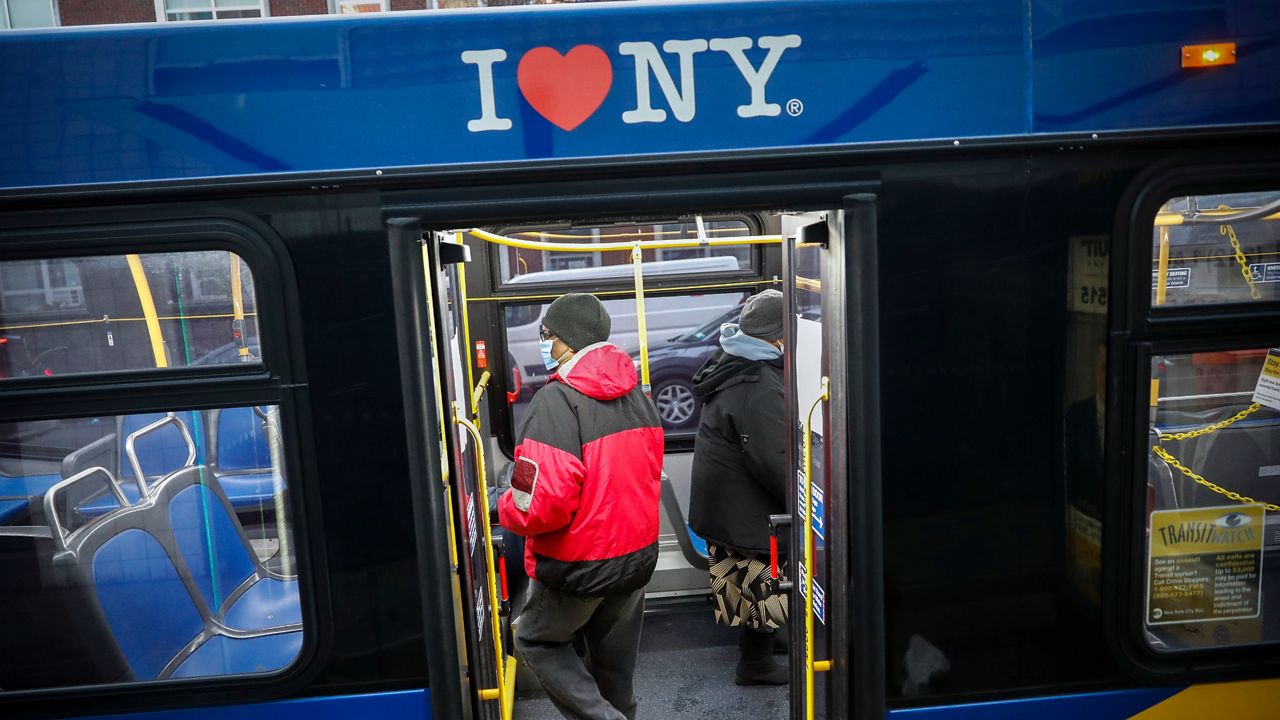"Hop on the bus, Gus. You don't need to discuss much." — Paul Simon
Almost every weekday, I take our little daughter on a short bus ride to get to school. And almost every weekday, I’m the only passenger paying for the ride.
Granted, the bus is largely packed with other school kids who get to ride for free. But there are also some adults sprinkled in there, and it’s like spotting a unicorn wearing a four-leaf-clover when one of them reaches for a MetroCard or phone to pay.
Part of this may be a hangover from the pandemic when, for five months in 2020, no one had to pay to ride the bus. It’s hard to change habits — especially money-saving ones — once they start. The numbers back up my free-bus perception; 29% of passengers weren’t paying their bus fare at the end of 2021. Statistics show bus riders tend to be older and poorer than subway straphangers, making them less likely to have extra cash to pay for a ride where there’s little chance they’ll be fined.
Trying to help poorer commuters, the city funds a “Fair Fares” program that gives riders a 50% discount, but that’s largely been supplanted by the unofficial “No Fares” program adopted by many bus riders.
Realizing that stepping up fare enforcement on buses may be a lost cause, some state lawmakers are proposing what’s already going on some bus lines in Boston and all public buses in Kansas City: stop charging people to ride.
As part of an overall MTA bailout plan that could cost close to $1.5 billion, the MTA would identify bus routes in the Bronx next year to implement a pilot program. Borough by borough, the program would spread to the entire city by 2027.
Picking up the tab for every bus rider would be expensive. Even with all of those fare evaders not paying their way, the MTA got $937.5 million in bus fares last year. Facing a massive budget deficit in the coming years, it seems counter-intuitive to turn a budget pothole into a mineshaft.
But if we want to get office workers back at their old desks and see them generate more tax revenue for the state and the city, free transit is likely the way to go. It’s using the same logic that has congestion pricing on the cusp of being a reality: there’s nothing like the power of green dollars to encourage green behavior.
Sure, we can use fare hikes to pay for mass transit (and we almost definitely will) but that almost guarantees a drop in ridership at a time when we’re trying to get more people back into subways and buses.
The state budget is due by the end of the week; let’s see if a new kind of bus ride is on their schedule.
